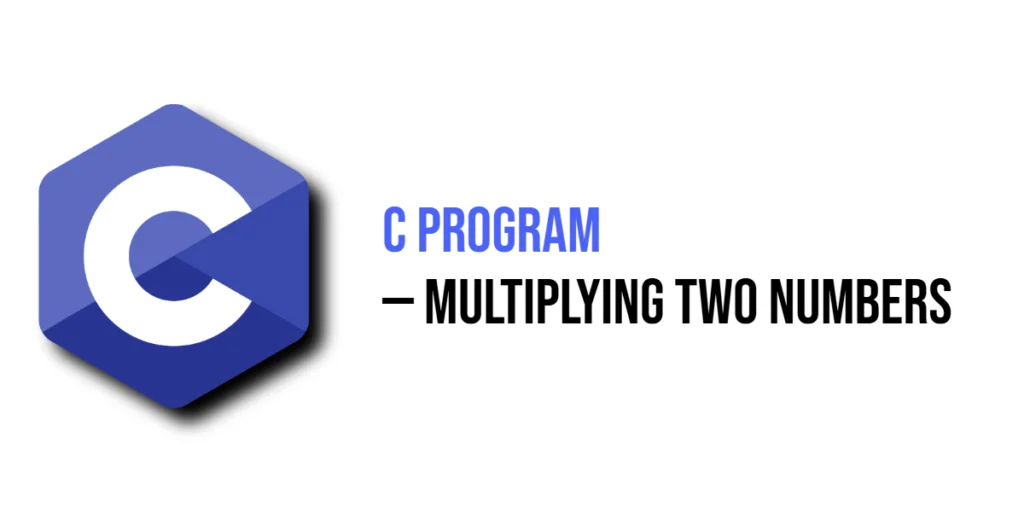The Fibonacci sequence is one of the most famous mathematical series, appearing in nature, art, and even computer science. Each number in the sequence is the sum of the two numbers before it, starting with 0 and 1. In programming, Fibonacci problems are very popular because they help beginners practice recursion, iteration, and algorithm optimization. In this article, we will explore different C++ programs to find the Nth Fibonacci number, explaining how each method works and why it matters.

with hands-on learning.
get the skills and confidence to land your next move.
Program 1: Using Iteration
The simplest way to calculate the Nth Fibonacci number is by using a loop. This method builds the sequence step by step until it reaches the desired position.
#include <iostream>
using namespace std;
int main() {
int n;
cout << "Enter the position (n): " << endl;
cin >> n;
int a = 0, b = 1, c;
if(n == 0) {
cout << "Fibonacci number at position " << n << " is " << a << endl;
return 0;
}
for(int i = 2; i <= n; i++) {
c = a + b;
a = b;
b = c;
}
cout << "Fibonacci number at position " << n << " is " << b << endl;
return 0;
}This program begins with the first two Fibonacci numbers, 0 and 1, and then uses a loop to calculate subsequent numbers. By updating the variables at each step, we eventually reach the Nth number. Iteration is simple and efficient for small to medium values of n, making it a great starting point for beginners.
Program 2: Using Recursion
Recursion offers a more mathematical approach, where a function calls itself to calculate the Fibonacci number.
#include <iostream>
using namespace std;
int fibonacci(int n) {
if(n <= 1)
return n;
return fibonacci(n - 1) + fibonacci(n - 2);
}
int main() {
int n;
cout << "Enter the position (n): " << endl;
cin >> n;
cout << "Fibonacci number at position " << n << " is " << fibonacci(n) << endl;
return 0;
}This recursive function directly follows the definition of Fibonacci numbers: F(n) = F(n-1) + F(n-2). While elegant and easy to understand, recursion becomes inefficient for large n because it recalculates the same values many times. However, it helps beginners see how problems can be broken down into smaller subproblems.
Program 3: Using Dynamic Programming (Memoization)
To solve the inefficiency of recursion, we can use dynamic programming with memoization, which stores results of already computed values.
#include <iostream>
#include <vector>
using namespace std;
int fibonacci(int n, vector<int>& memo) {
if(n <= 1)
return n;
if(memo[n] != -1)
return memo[n];
memo[n] = fibonacci(n - 1, memo) + fibonacci(n - 2, memo);
return memo[n];
}
int main() {
int n;
cout << "Enter the position (n): " << endl;
cin >> n;
vector<int> memo(n + 1, -1);
cout << "Fibonacci number at position " << n << " is " << fibonacci(n, memo) << endl;
return 0;
}This version keeps track of previously calculated values in a vector, avoiding repeated calculations. As a result, the program runs much faster for large n. Dynamic programming introduces beginners to optimization techniques, which are vital in real-world problem solving.
Program 4: Using Formula (Binet’s Formula)
Another method uses a mathematical formula based on the golden ratio, known as Binet’s Formula. While not always perfectly accurate due to floating-point precision, it is elegant and efficient.
#include <iostream>
#include <cmath>
using namespace std;
int main() {
int n;
cout << "Enter the position (n): " << endl;
cin >> n;
double phi = (1 + sqrt(5)) / 2;
int result = round(pow(phi, n) / sqrt(5));
cout << "Fibonacci number at position " << n << " is " << result << endl;
return 0;
}This program applies the closed-form formula to calculate the Fibonacci number in constant time. Although not exact for very large values due to rounding issues, it demonstrates how math and programming can come together for fast solutions.
Program 5: Using Matrix Exponentiation
For very large values of n, both iteration and recursion can become slow. Matrix exponentiation is an advanced method that reduces the calculation to logarithmic time. It uses the property of Fibonacci numbers expressed in matrix form:
| F(n+1) F(n) | = | 1 1 |^n
| F(n) F(n-1) | | 1 0 |By raising the transformation matrix to the power of n, we can directly obtain the Nth Fibonacci number efficiently.
#include <iostream>
using namespace std;
void multiply(int F[2][2], int M[2][2]) {
int x = F[0][0] * M[0][0] + F[0][1] * M[1][0];
int y = F[0][0] * M[0][1] + F[0][1] * M[1][1];
int z = F[1][0] * M[0][0] + F[1][1] * M[1][0];
int w = F[1][0] * M[0][1] + F[1][1] * M[1][1];
F[0][0] = x;
F[0][1] = y;
F[1][0] = z;
F[1][1] = w;
}
void power(int F[2][2], int n) {
if (n == 0 || n == 1) return;
int M[2][2] = {{1, 1}, {1, 0}};
power(F, n / 2);
multiply(F, F);
if (n % 2 != 0) multiply(F, M);
}
int fibonacci(int n) {
if (n == 0) return 0;
int F[2][2] = {{1, 1}, {1, 0}};
power(F, n - 1);
return F[0][0];
}
int main() {
int n;
cout << "Enter the position (n): " << endl;
cin >> n;
cout << "Fibonacci number at position " << n << " is " << fibonacci(n) << endl;
return 0;
}This program cleverly reduces the time complexity to O(log n), which makes it very efficient for large Fibonacci numbers. Although the code is a little more complex, it introduces beginners to the power of matrix exponentiation and shows how advanced math can directly speed up algorithms. For competitive programming or large inputs, this method is highly recommended.
Frequently Asked Questions (FAQ)
When learning Fibonacci numbers in C++, many beginners have common questions. Here are some clear answers.
Q1: Which method is best for small values of n?
For small values of n, both the iterative and recursive approaches work well. Iteration is usually faster and simpler to understand, while recursion is elegant but less efficient.
Q2: What if I want to calculate very large Fibonacci numbers?
For very large inputs, matrix exponentiation or the fast doubling method is the best choice. These advanced methods reduce the time complexity to O(log n), making them far more efficient than loops or naive recursion.
Q3: Why should I learn multiple methods instead of just one?
Different methods teach you different aspects of problem-solving. Recursion helps you think about problems in a divide-and-conquer way, iteration teaches efficiency, and matrix exponentiation introduces mathematical optimization.
Q4: Can I use C++ built-in libraries for Fibonacci?
While C++ does not have a direct Fibonacci function, you can use libraries like Boost for handling very large numbers if the built-in int or long long is not enough.
Q5: Where are Fibonacci numbers used in real life?
They appear in computer algorithms, natural patterns like flower petals, stock market analysis, data structures, and even art. Learning them gives you a mix of math, programming, and real-world insight.
Conclusion
The Fibonacci sequence is more than just a series of numbers—it is a gateway to understanding how algorithms, recursion, iteration, and mathematical optimizations come together in programming. In this article, we explored multiple C++ programs to find the Nth Fibonacci number, starting from simple iterative and recursive methods, moving to memoization and dynamic programming, and finally arriving at advanced matrix exponentiation.
Beginners can start with the basic approaches and slowly experiment with the more advanced techniques as their confidence grows. Whether you are preparing for exams, solving coding challenges, or just exploring C++, practicing Fibonacci programs will help sharpen both your logical thinking and coding skills.
Additional & References
If you’ve made it this far, you’re well on your way to mastering Fibonacci numbers in C++. To deepen your understanding and explore more advanced techniques like matrix exponentiation and fast doubling algorithms, here are some valuable resources to guide your learning journey:
- C++ Documentation (cppreference.com) – A comprehensive reference for C++ syntax, functions, and data types, ideal for reinforcing your foundation while practicing Fibonacci programs.
- GeeksforGeeks – Matrix Exponentiation – Explains how matrix exponentiation can be used to compute the Nth Fibonacci number in logarithmic time, along with code examples and explanations.
- CP-Algorithms – Fibonacci Numbers – Offers an in-depth look at Fibonacci numbers, including advanced methods like matrix exponentiation and fast doubling, with detailed explanations and code snippets.
- Boost Multiprecision Library – Provides tools for handling large numbers in C++, which is useful when dealing with very large Fibonacci numbers that exceed standard data type limits.
- Khan Academy – Fibonacci and the Golden Ratio – A beginner-friendly explanation of the Fibonacci sequence and its connection to the golden ratio, helping you understand the mathematical beauty behind the numbers.







